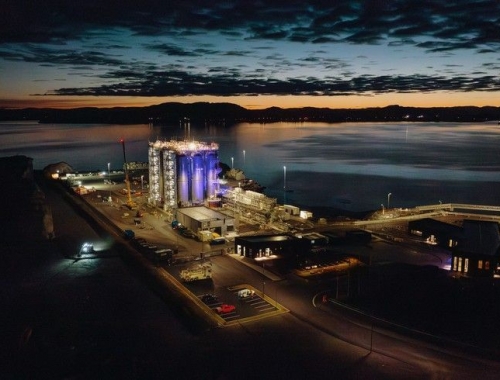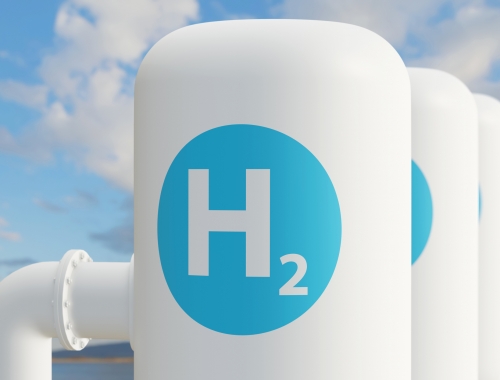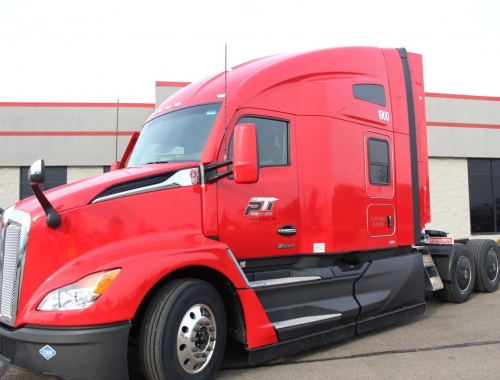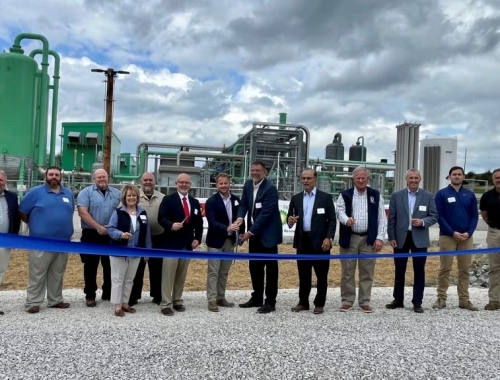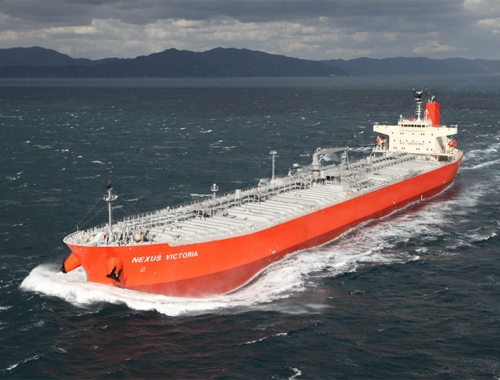DAC is but one cog in the wheel
SUMMARY
DAC developer Climeworks says CCS is simply not enough [image credit: Climeworks]
By Daniel GraeberDirect-air-capture (DAC), an emerging source of carbon for sequestration, can be a technological advancement that supplements existing ways to control emissions and may be necessary to help limit global warming, Switzerland-based Climeworks says.
The company in 2017 launched the world’s first commercial plant, Capricorn, that pulls CO2 directly out of the air and delivers it to end users. In that case, the Swiss facility has been supplying some 900 mt/year of CO2 to a nearby vegetable greenhouse.
In September, the company started operations at its Orca facility in Iceland, which it described as the largest DAC facility in the world, with the ability to capture 4,000 mt/year of CO2. Now in service, the company said Orca proves the technology can be a viable solution to climate change.
Operations commenced less than a year and a half after construction started. Located near a geothermal power plant in Iceland, the facility runs entirely on renewable energy.
Some of the emerging processes mimic natural ways to pull CO2 out of the air, utilising a series of chemical reactions and filtration to extract the greenhouse gas and release carbon-free air back into the atmosphere. At Orca, Icelandic company Carbix will permanently store the captured CO2 underground.
Climeworks tells Gas Pathways that alternatives such as carbon capture and storage (CCS) prevent new emissions from point sources entering the atmosphere.
“But this is not enough, we need to actively remove carbon dioxide from the atmosphere to reach global climate targets since mankind has already emitted too much,” a spokesperson for the company tells GP.
Climeworks estimates its small-scale commercial DAC plants run at a cost of $650-$850/mt of CO2, but the company said it has already taken steps to bring that lower. By 2030, it estimates the cost will be below $250/mt, with a long-term goal to bring that to less than $150/mt.
An August 2021 study on sequestration in geological formations in the Northeast and Midwest of the United States published in Interface Focus, a cross-disciplinary journal from the UK's Royal Society, found sequestration costs were significantly lower than that.
For coal-derived CO2 emissions, the research found emissions can be stored at $52-$60/mt. For gas-fired power plants, the cost is around $80-90/mt.
In Norway, which is among the regional leaders in the energy transition, Torbjorg Fossum, a vice president for global solutions at energy firm Equinor, says DAC is indeed much more expensive than mature technologies such as point-source CCS, which takes advantage of high concentrations of CO2 in flue gas or other waste streams.
“The disadvantage of direct air capture is that it requires a lot of energy to capture the CO2 from the air. So then it is more expensive than capturing when you have an exhaust source with a lot of CO2 in it,” she told the Reuters news service. “But on the other hand, the beauty of direct air capture is that you can locate it wherever you want...where there is access to very cheap and clean energy.”
In terms of the levels of sequestration for DAC, Climeworks says its technology has evolved from capturing just a few milligrams of CO2 to around 1,000 mt/yr. Next on its agenda is scaling up.
“The potential for carbon dioxide removal solutions like direct air capture is huge,” the spokesperson says. “In order to limit global warming to 1.5°C, humanity needs to remove billions of tons of carbon dioxide per year by mid-century, and direct air capture needs to contribute a significant part.”

